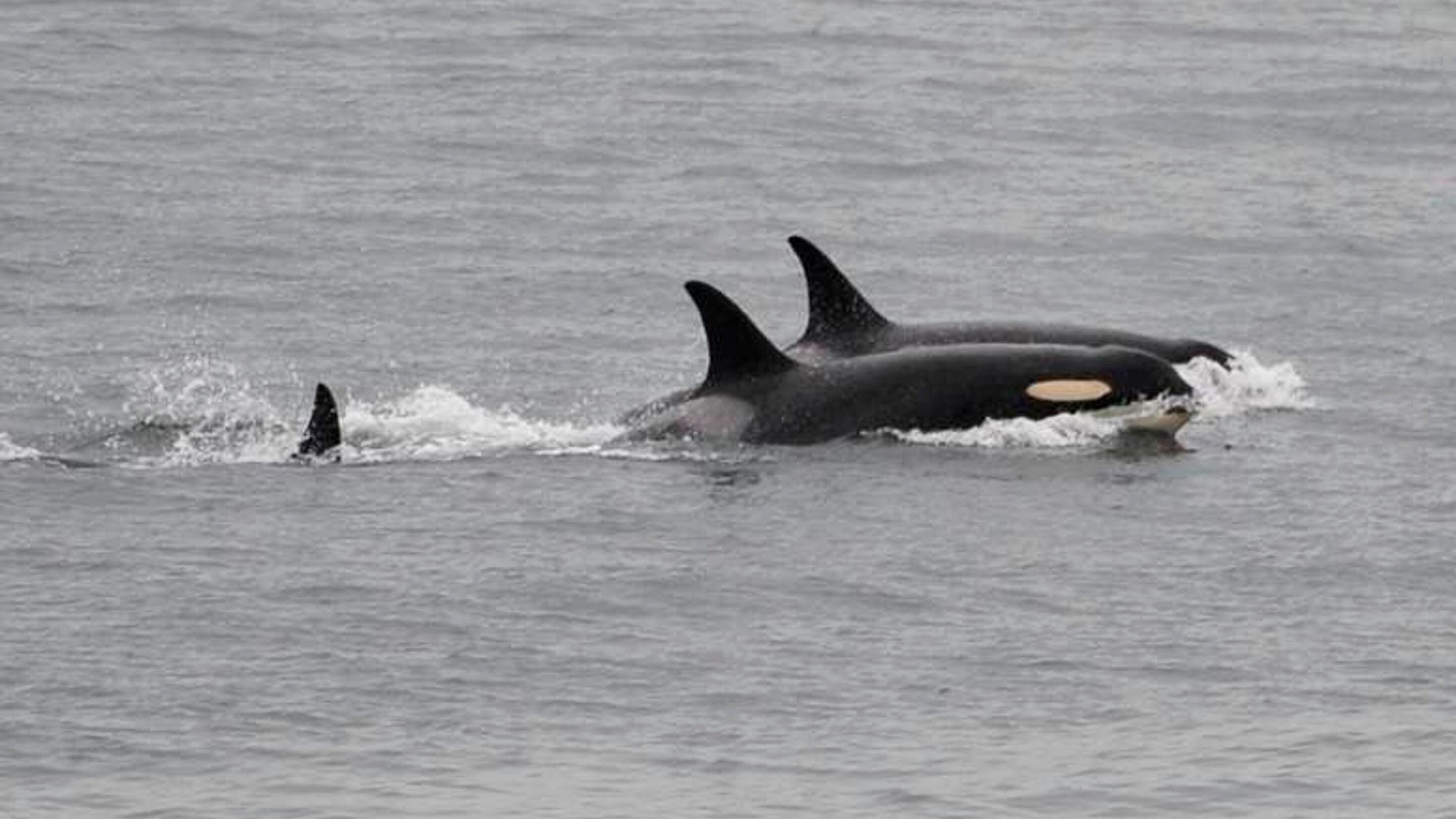An endangered killer whale living in the northwest of the United States, which made headlines in 2018 for carrying her dead calf for over two weeks, is doing it again after the death of her new calf, in another sign of mourning for the loss of her offspring, researchers pointed out.
The mother orca, known as Tahlequah or J35, has been seen carrying the body of her deceased female calf since Wednesday, as reported on Facebook by the Whale Research Center based in the state of Washington.
PUBLICIDAD
"The entire team at the Whale Research Center is deeply saddened by this news and we will continue to provide updates when we can," the post read.
In 2018, researchers observed J35 pushing her dead calf for 17 days, carrying it for over 1,600 kilometers (1,000 miles). The calf had died shortly after birth, and the mother and her tightly-knit group of whales were seen taking turns carrying the dead body.
About two weeks ago, the research center indicated that they had been informed of the new calf. But on Christmas Eve, they expressed concern about the calf's health, based on its behavior and that of its mother. By New Year's Day, the center was receiving reports that J35 was carrying the dead body of her calf.
The mortality rate of calves is high: only about 1 in 5 orca pregnancies result in a calf that survives to its first birthday.
The center pointed out that the death of J35's calf was particularly devastating, not only because it could have grown up to give birth and help bolster the struggling population, but also because J35 has already lost two out of four documented calves.
The population of southern resident orcas - three groups of orcas that eat fish and frequent the waters between Washington state and British Columbia - has been struggling for decades, and there are only 73 orcas left. They must deal with the scarcity of their preferred prey, Chinook salmon, as well as pollution and ship noise, which hinder their hunting efforts. Researchers have warned that they are on the brink of extinction.
The southern resident orcas are in danger and are distinguished from other orcas because they eat salmon instead of marine mammals. Individual whales are identified by unique markings or variations in the shapes of their fins, and each whale is assigned a number and a name.
They travel together in matrilineal groups, and sometimes they can be seen jumping around Puget Sound, even against the backdrop of the Seattle downtown skyline.
It appears that your message is incomplete. Please provide the text you would like me to translate from Spanish to English.
This story was translated from English by an AP editor with the help of a generative artificial intelligence tool.
